Posts Tagged: landing
Intuitive Machines is taking its shot at nailing the first commercial moon landing
Houston-based space company Intuitive Machines is gearing up for an actual moonshot at the end of this month, when it’ll try to land a spacecraft named Odysseus on the lunar surface — ideally without it breaking in the process. The mission follows Astrobotic’s unsuccessful attempt in January; that company’s lander, Peregrine, never made it to the moon due to a propellant leak that cut its journey short. Peregrine’s failure means Intuitive Machines’ IM-1 mission could be the first ever commercial moon landing if it makes it there intact.
Intuitive Machines is hoping to make its landing attempt on February 22, targeting the Malapert A crater near the moon’s south pole for touchdown. This arrival date is dependent on Odysseus, one of the company’s Nova-C class landers, leaving Earth atop a SpaceX Falcon 9 rocket sometime between February 14 and February 16. The launch window opens at 12:57AM ET on Wednesday.
Odysseus is the first of three Nova-C landers Intuitive Machines plans to send to the moon this year, all of which will have commercial payloads on board and NASA instruments as contracted under the agency’s Commercial Lunar Payload Services (CLPS) program. At 14 feet tall (4.3 meters), the lander is roughly the size of a giraffe and can carry about 280 pounds (130kg) of cargo. Its mission, if it nails a soft landing, will be a short but potentially valuable one for informing future excursions to the region, including NASA’s upcoming crewed Artemis missions. Orbiting probes have found evidence of water ice at the lunar south pole, which could be used for astronaut subsistence and even fuel, making it an area of high interest for human exploration.
The solar-powered craft and any functional equipment it’s carrying are only expected to be in working condition for about a week before the onset of lunar night, a 14-day period of frigid darkness that the company says will leave the lander inoperable. But while everything’s up and running, the various instruments will gather data at the surface. NASA awarded Intuitive Machines a $ 77 million contract for the delivery of its payloads back in 2019, and there are six NASA instruments now hitching a ride on Odysseus.
One, the Laser Retroreflector Array (LRA), will “function as a permanent location mark” from its position on the moon after landing to help incoming spacecraft determine their distance from the surface, according to NASA. The lander is also carrying the Navigation Doppler LIDAR for Precise Velocity and Range Sensing (NDL), a sensor that measures velocity and altitude to better guide the descent, and the Lunar Node 1 Navigation Demonstrator (LN-1) to support communication and autonomous navigation in future missions.
NASA is also sending instruments to study surface plumes — everything that gets kicked up when the lander touches down — along with radio waves and the effects of space weather. That includes the Stereo Cameras for Lunar Plume-Surface Studies (SCALPSS), which will capture images of these dust plumes, and the Radio wave Observation at the Lunar Surface of the photoElectron Sheath (ROLSES) instrument.
The rest of the payloads on board Odysseus are commercial. Columbia Sportswear worked with Intuitive Machines to incorporate the brand’s Apollo-inspired Omni-Heat Infinity thermal reflective material, which is being used for this mission to help protect the cryogenic propulsion tank, according to Intuitive Machines. Students at Embry-Riddle Aeronautical University developed a camera system dubbed the EagleCam that will attempt to separate from the lander before it touches down and snap a picture of the moment from a third-person point of view. EagleCam is also equipped with an experimental dust-removal system.
There are even some Jeff Koons sculptures heading to the moon, which will have physical and NFT counterparts back on Earth. In Koons’ Moon Phase piece, 125 small stainless steel sculptures of the moon at different phases are encased in a clear cube made by 4Space, with the names of important historical figures from around the world listed below each sphere. The International Lunar Observatory Association, based in Hawaii, and Canadensys Aerospace are sending a 1.3-pound dual-camera system called ILO-X, with which they’ll attempt to capture wide and narrow field images of the Milky Way from the moon.
Odysseus is also carrying small discs called “Lunagrams” from Galactic Legacy Labs that contain messages from Earth, including text, images, audio and archives from major databases such as the Arch Mission Foundation and the English-language version of Wikipedia. Similar archival materials were sent to space with Peregrine last month. The information technology company Lonestar plans to demonstrate its Disaster Recovery as a Service (DRaaS) by storing data on the lander and transmitting documents ( including the US Declaration of Independence) between Earth and the moon. It’ll follow this up with a prototype mini data center on Intuitive Machines’ next launch.
Now, the pressure is on for the Odysseus Nova-C lander to actually get to the lunar surface safely. This year started off rocky for moon missions, with the failure of Astrobotic’s Peregrine and a descent hiccup that caused JAXA’s SLIM spacecraft to faceplant into the lunar surface (though the latter was miraculously able to resume functions to some degree after a few days). Intuitive Machines will have other chances to get it right if it doesn’t this time — it has multiple missions already booked up — but only one private lander can be “first.”
This article originally appeared on Engadget at https://www.engadget.com/intuitive-machines-is-taking-its-shot-at-nailing-the-first-commercial-moon-landing-170024349.html?src=rss
Engadget is a web magazine with obsessive daily coverage of everything new in gadgets and consumer electronics
US airports now have software to prevent aircraft from landing on taxiways by mistake
Pilots have to worry about more than just mid-flight crashes and bad weather — they also risk a collision if they land on the taxiway instead of the runway. Thankfully, they have now have a digital safeguard. The Federal Aviation Administration (FAA) tellsAxios that 43 major US airports are now using ASDE-X Taxiway Arrival Prediction (ATAP), a software platform that warns air traffic controllers if an aircraft is lining up to land on a taxiway by mistake. An aviator shouldn't endanger lives on the ground simply because they're inexperienced or fatigued.
The system relies on standard radar along with other sensors. It also works regardless of aircraft size — it can flag small turboprops and large airliners. ATAP first saw use at Seattle-Tacoma International Airport in 2018, and the FAA says it finished software upgrades at compatible airports last September. Some of the airports using the tech include Boston Logan, Chicago O'Hare and New York's JFK.
This is more than just a theoretical exercise. The FAA notes ATAP has caught over 50 potential taxiway landings since 2018, and there have been eight alerts so far in 2023. While accidental landings are far less common than crashes (and thus far less deadly), the software may still be helpful even if it prevents chaos from an aircraft disrupting the queue.
ATAP's rise comes as aircraft and airports increasingly rely on digital safety systems. Airbus, for instance, recently began testing a pilot assist that can automatically divert flights in emergencies, aid with taxiing and even land if the pilots are incapacitated. Full autonomy is still distant, but there may soon be many safeguards against everything from simple errors to an unconscious crew.
This article originally appeared on Engadget at https://www.engadget.com/us-airports-now-have-software-to-prevent-aircraft-from-landing-on-taxiways-by-mistake-173646341.html?src=rss
Engadget is a web magazine with obsessive daily coverage of everything new in gadgets and consumer electronics
NASA pushes back crewed moon landing to 2025
NASA has officially adjusted its timeline for the Artemis III mission and won't be landing on the Moon in 2024. The agency is now aiming to land the first woman and next American man on the lunar surface in 2025 at the earliest, NASA administrator Bill Nelson has announced. NASA was originally targeting a 2028 launch date for its return to the Moon, but the Trump administration moved that date up by four years back in 2017. In a conference call with reporters, Nelson said "the Trump administration's target of 2024 human landing was not grounded in technical feasibility."
In addition to the unrealistic deadline, Nelson blamed Blue Origin's lawsuit against the agency for the delay. It had to put its contract with SpaceX on hold and pause work on the lunar lander that's meant to take astronauts to the surface of the Moon for a couple of times. NASA lost almost seven months of work on the lander as a result, which had cast doubts on the 2024 landing even before Nelson made his announcement.
If you'll recall, NASA awarded SpaceX a $ 2.9 billion contract to develop a Starship-based lunar landing system back in April. The agency historically works with more than one contractor for each mission, but in this instance, it inked a deal with Elon Musk's company alone. Jeff Bezos's Blue Origin sued NASA over that decision, arguing that it wasn't given the chance to revise its bid for the project.
Based on legal documents The Verge obtained in September, however, NASA felt that Blue Origin "gambled" with its proposed $ 5.9 billion lunar lander bid. The company allegedly set the price higher than necessary, because it assumed that NASA would award it a contract but negotiate for a lower price. The Federal Court of Claims ultimately ruled against Blue Origin a few days ago, dismissing its claims that NASA ignored "key flight safety requirements" when it awarded SpaceX the lunar lander contract.
Nelson's announcement comes shortly after NASA moved the uncrewed Artemis I flight test launch from this year to February 2022. That's assuming everything will go as planned — the Orion capsule and Space Launch System that will be used for the mission will still have to go through a battery of tests before NASA can schedule it for blastoff.
SpaceX Crew Dragon completes historic mission with an ocean landing
SpaceX’s history-making Crew Dragon mission has come to a close two months after it began. Astronauts Bob Behnken and Doug Hurley successfully landed in the Atlantic Ocean at 2:48PM Eastern after starting their return to Earth nearly 20 hours earlier…
Engadget RSS Feed
NASA reopens Apollo mission control in time for Moon landing anniversary
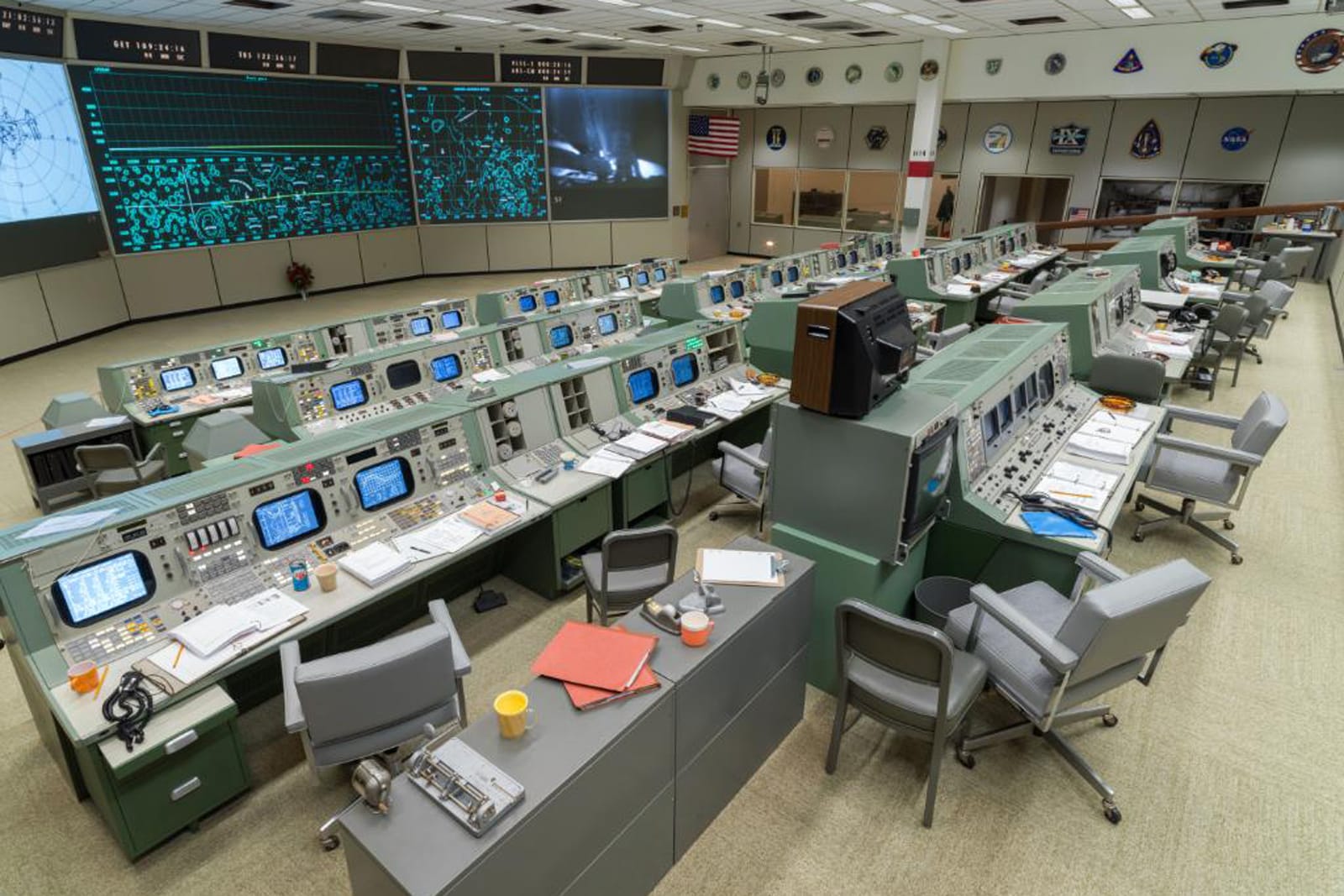
Engadget RSS Feed
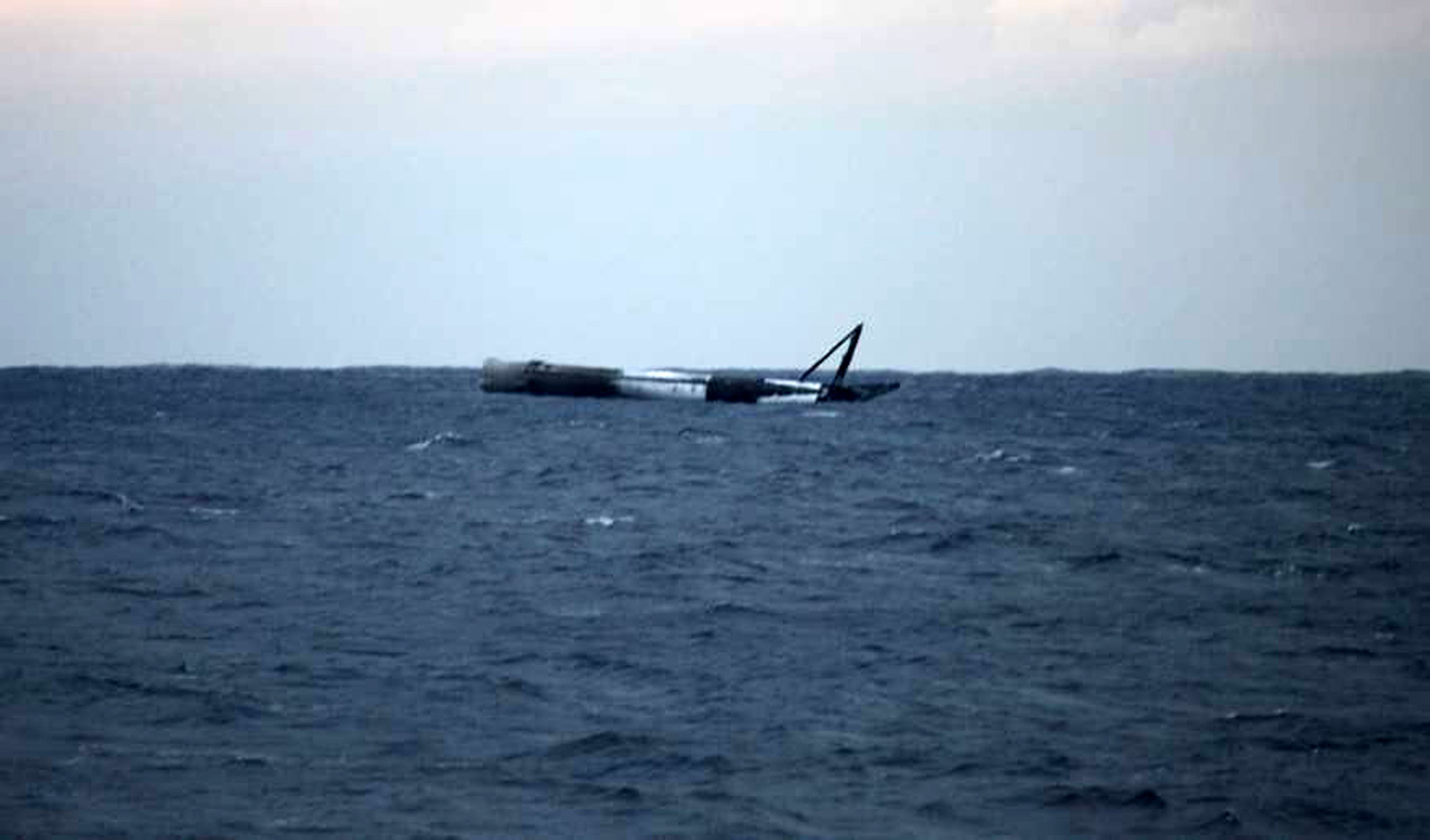
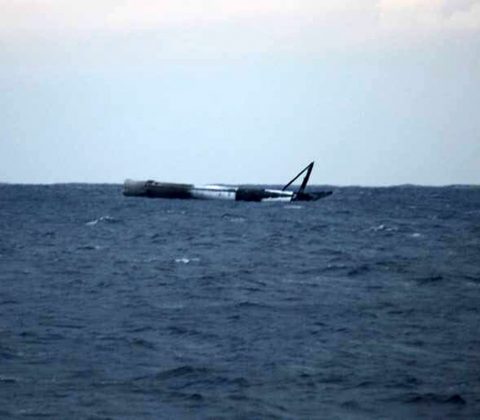
SpaceX rocket survives an intentional water landing
 Right now, SpaceX is only reusing rockets to a limited degree — it's disposing of vehicles after a short while when they're unlikely to survive their next flight. With its latest launch, though, it got lucky. Elon Musk has confirmed that the Falco…
Right now, SpaceX is only reusing rockets to a limited degree — it's disposing of vehicles after a short while when they're unlikely to survive their next flight. With its latest launch, though, it got lucky. Elon Musk has confirmed that the Falco…
Engadget RSS Feed
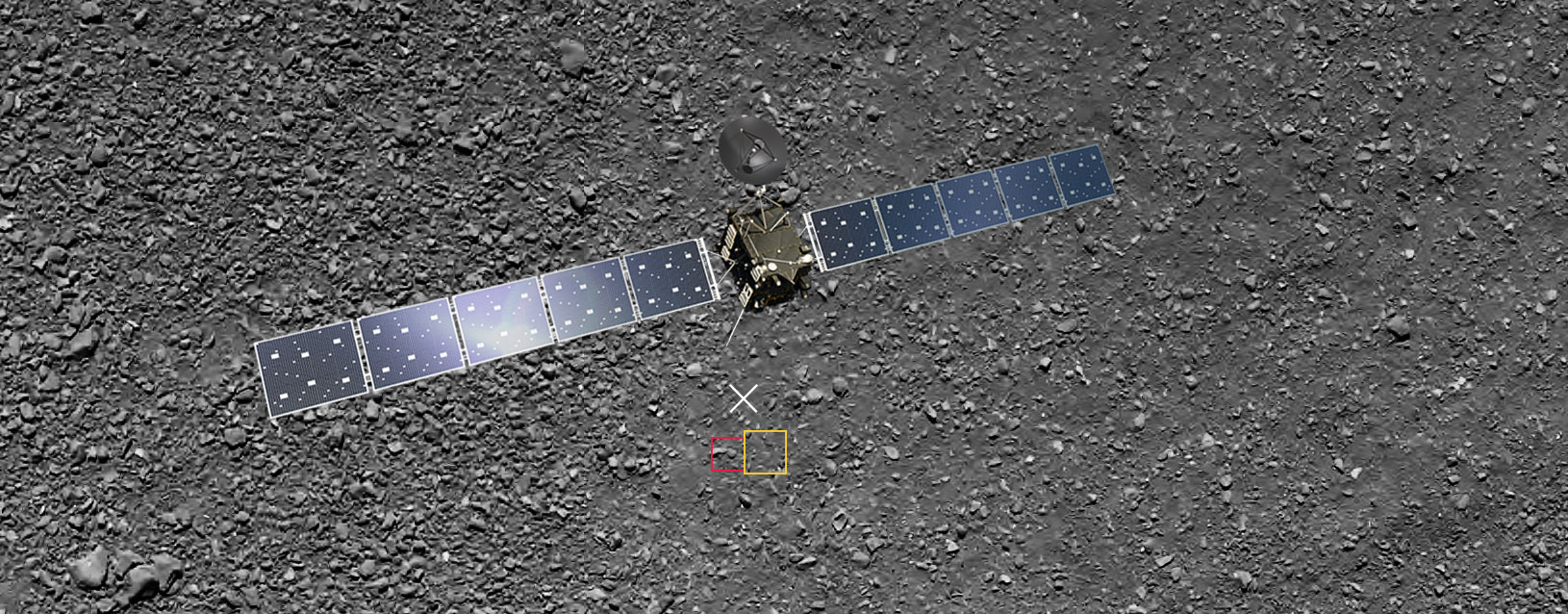
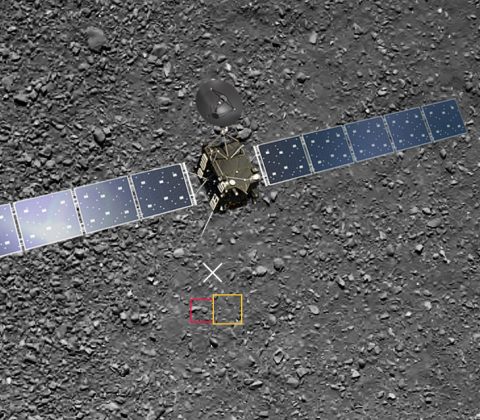
Rosetta probe’s last surprise: a photo of its landing site
 Since it's been a year since Rosetta landed on the comet it orbited for a couple of years, you'd think the ESA had already decoded everything the vessel sent back before its demise. Apparently, the probe has one last surprise for all of us: a close-u…
Since it's been a year since Rosetta landed on the comet it orbited for a couple of years, you'd think the ESA had already decoded everything the vessel sent back before its demise. Apparently, the probe has one last surprise for all of us: a close-u…
Engadget RSS Feed
SpaceX will attempt yet another high-velocity rocket landing tonight. Here’s where to watch
SpaceX hopes to safely bring another Falcon 9 rocket home tonight after launching a Thai telecommunications satellite over 20,000 miles above Earth, into a high-elliptical orbit known as geostationary transfer orbit (GTO).
The post SpaceX will attempt yet another high-velocity rocket landing tonight. Here’s where to watch appeared first on Digital Trends.
SpaceX plans ocean landing attempt following February 24 launch
SpaceX will make its next launch attempt and possible ocean landing on February 24 when it is slated to deploy an SES-9 satellite into orbit. The firm’s goal is to send rockets into orbit every few weeks for the rest of 2016.
The post SpaceX plans ocean landing attempt following February 24 launch appeared first on Digital Trends.
